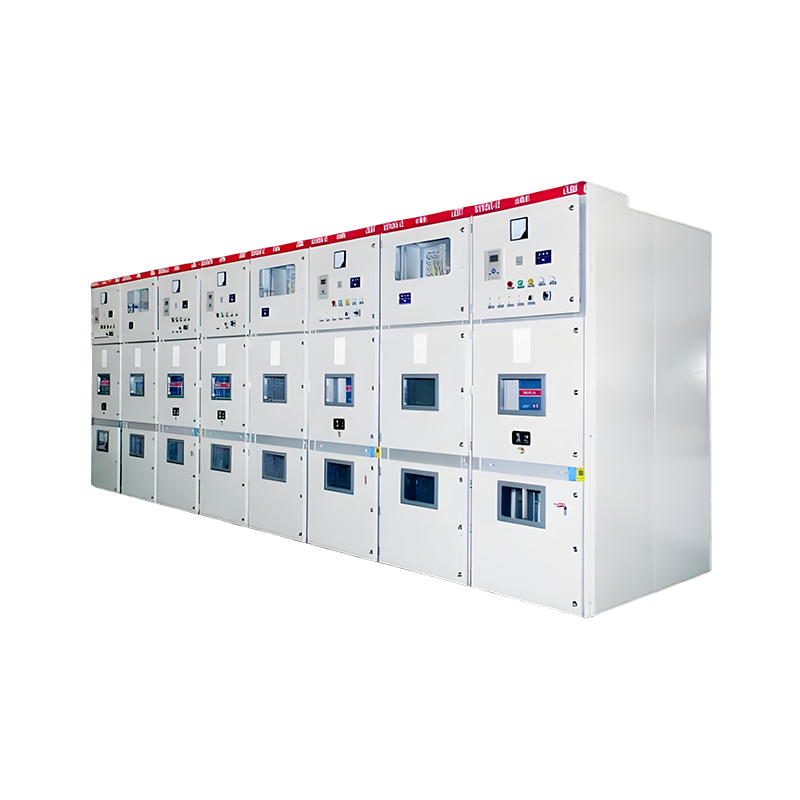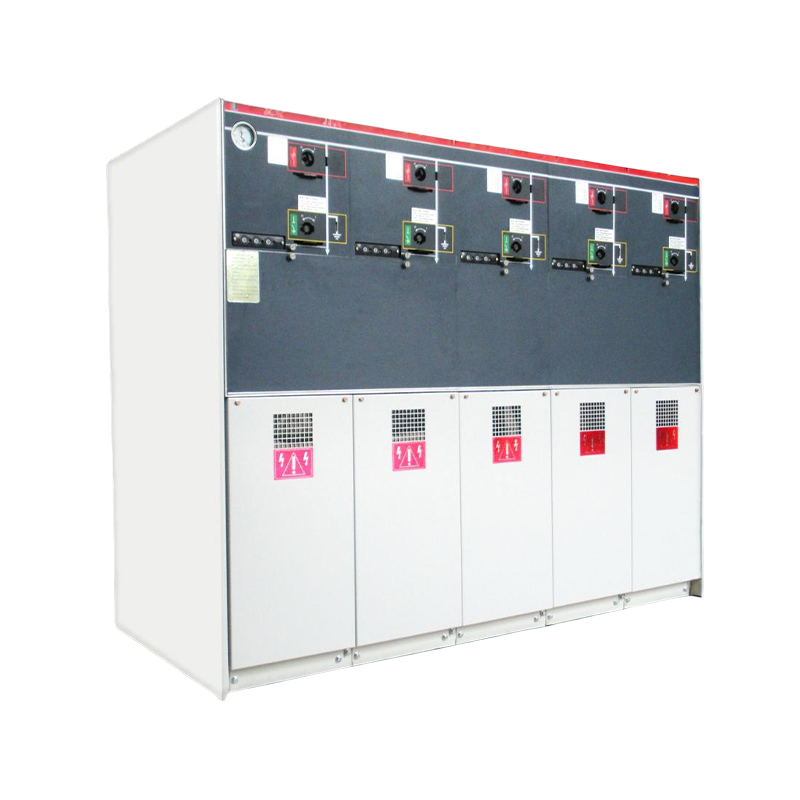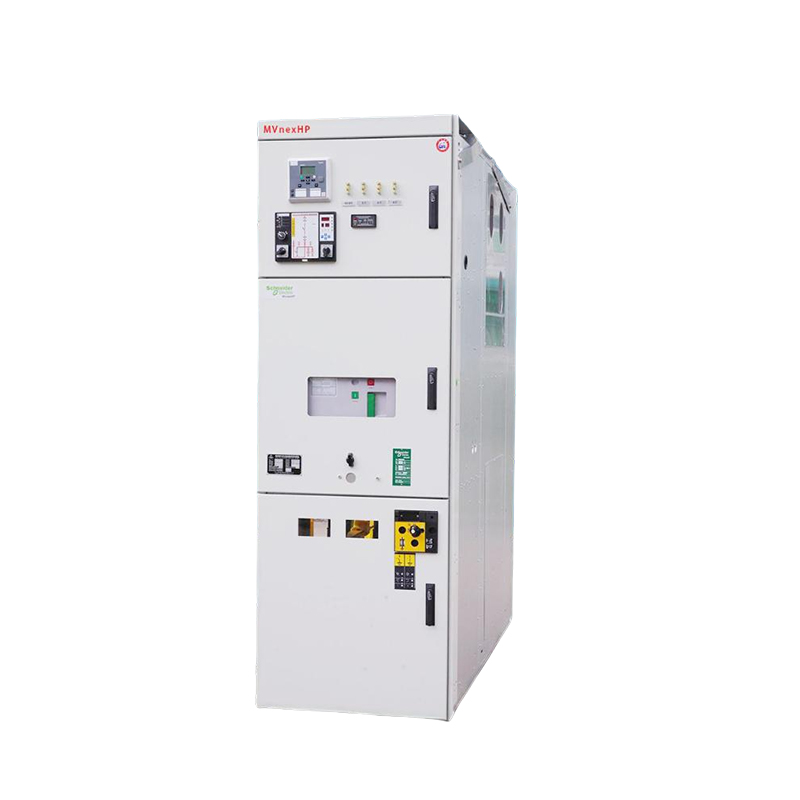How to optimize the selection of insulating gas for the fully enclosed gas-insulated ring main unit switchgear?
Release Time : 2025-11-13
The selection and optimization of insulating gases for fully enclosed gas-insulated ring main unit switchgear requires comprehensive consideration of factors such as insulation performance, environmental friendliness, safety, and economy. In traditional designs, SF6 gas is widely used due to its excellent arc-extinguishing ability and high insulation strength, but its significant greenhouse effect has a substantial impact on the environment. With increasingly stringent environmental requirements, finding alternative gases to SF6 has become a key focus of industry research and development, and the selection of insulating gases for fully enclosed gas-insulated ring main unit switchgear is gradually shifting towards environmentally friendly gases.
The selection of environmentally friendly insulating gases must meet core requirements such as non-toxicity, low greenhouse effect, and stable insulation performance. Currently, natural gases such as nitrogen and dry air, as well as synthetic gases such as C4 and C5, are considered potential alternatives to SF6. Among these, nitrogen and dry air are the preferred choices in the medium and low voltage switchgear field due to their wide availability, low cost, and excellent environmental performance. While synthetic gases have insulation properties closer to SF6, some components may have toxic decomposition products or greenhouse effect issues, requiring strict formulation screening. For example, some C4/C5 gas mixtures have been excluded from the recommended range because their decomposition products do not meet environmental standards.
Optimization of insulating gases must balance electrical performance and environmental indicators. Fully enclosed gas-insulated ring main unit switchgear achieves miniaturization by sealing live components within a gas chamber, utilizing the high dielectric strength of the insulating gas. In environmentally friendly gas applications, insufficient insulation performance must be compensated for by adjusting gas pressure and optimizing electric field distribution. For example, when using dry air or nitrogen, insulation capacity can be enhanced by increasing the gas pressure to a reasonable range; simultaneously, structural improvements such as optimizing contact shape and adding equalizing shields can reduce electric field concentration and decrease the risk of partial discharge.
The sealing design of fully enclosed gas-insulated ring main unit switchgear is crucial for maintaining the performance of the insulating gas. The gas chamber must be made of high-strength, corrosion-resistant metal materials, and precision processes such as laser welding must be used to ensure sealing and prevent gas leakage. Furthermore, the gas chamber protection rating must meet IP67 standards, completely preventing dust intrusion and allowing for short-term normal operation at specific water depths to withstand harsh environments. Optimizing the sealing design not only extends the gas's lifespan but also reduces maintenance frequency and improves equipment operating efficiency.
The selection of insulating gas must also consider its compatibility with the overall switchgear design. For example, in a modularly designed fully enclosed gas-insulated ring main unit switchgear, the insulating gas must work in conjunction with components such as the vacuum interrupter and solid-sealed poles to ensure breaking performance and insulation reliability. Simultaneously, the design of auxiliary systems such as gas pressure monitoring devices and gas replenishment interfaces must be adapted to the characteristics of the selected gas to achieve intelligent operation and maintenance management.
Environmental regulations and industry standards are important driving forces for optimizing insulating gases. In recent years, many countries have introduced policies restricting the use of SF6 and formulated relevant standards for environmentally friendly gas-insulated switchgear. For example, the group standard issued by the China Energy Research Society clearly stipulates that the rated charging pressure of environmentally friendly gas-insulated switchgear must be controlled within a reasonable range, and the gas decomposition products must meet environmental protection requirements. These standards provide a technical basis for the selection of insulating gases for fully enclosed gas-insulated ring main unit switchgear.
The selection and optimization of insulating gases for fully enclosed gas-insulated ring main unit switchgear is a systematic project that requires a balance between environmental friendliness, safety, and economy. In the future, with advancements in materials science and sealing technology, environmentally friendly insulating gases will gradually replace SF6, becoming the mainstream choice for fully enclosed gas-insulated ring main unit switchgear. Simultaneously, the integration of intelligent monitoring and maintenance technologies will further improve the operational reliability of gas-insulated switchgear, driving the power industry towards a green and low-carbon transformation.







